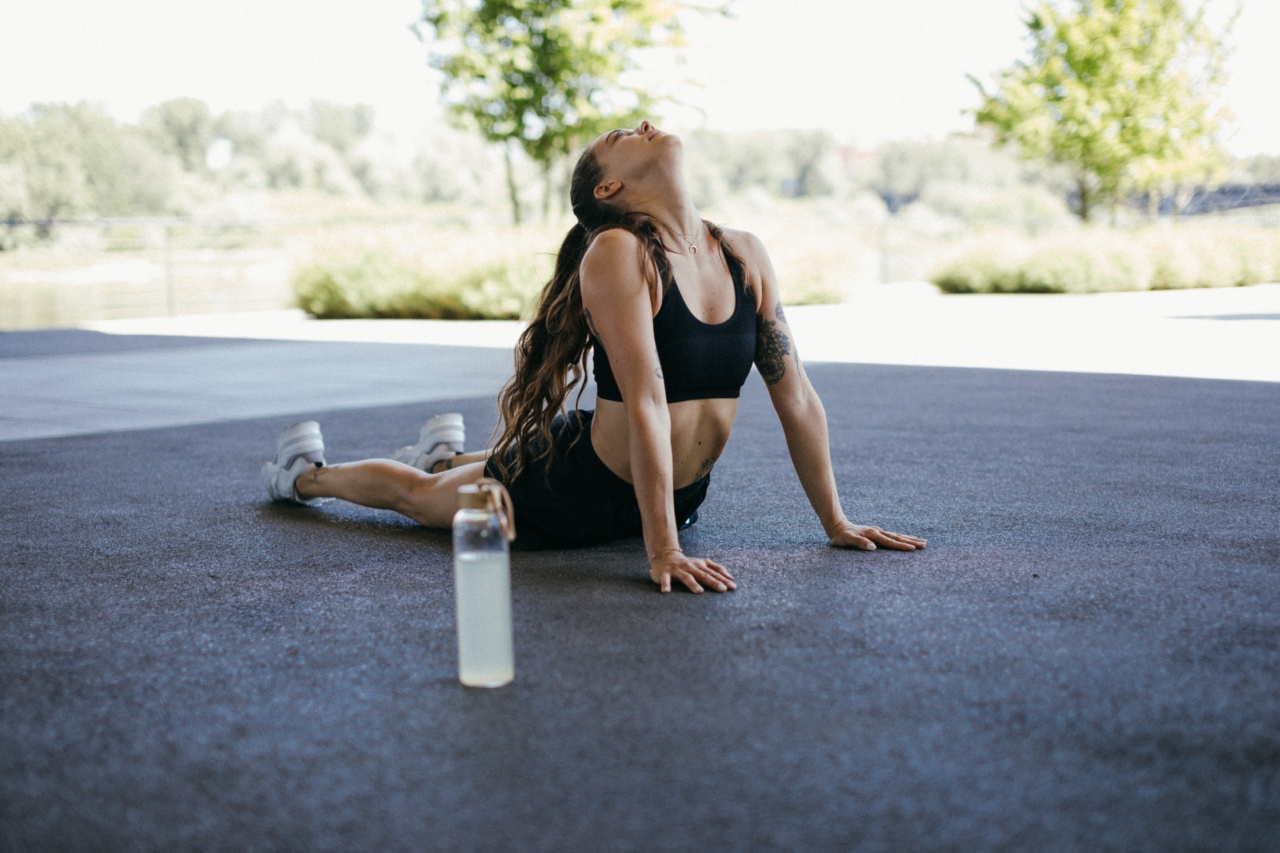Physical activity has always been important for maintaining good health. But for people with neurological disorders, physical activity can mean much more than just keeping healthy.
It can actually help to delay the progression of their condition, improve their quality of life, and help them to stay independent for longer. In this article, we’ll look at some of the different physical activities that can be beneficial for people with neurological disorders.
What are Neurological Disorders?
Neurological disorders are diseases or conditions that affect the central and/or peripheral nervous systems. They can be caused by a range of factors, including genetic mutations, environmental factors, injury, infection, or degenerative changes.
Some common examples of neurological disorders include:.
- Alzheimer’s disease
- Multiple sclerosis
- Parkinson’s disease
- Epilepsy
- Stroke
- Migraines
- Brain and spinal cord injuries
The Benefits of Physical Activity for People with Neurological Disorders
Physical activities can be an effective way of delaying the progression of neurological disorders, improving mood, and alleviating symptoms such as stiffness, chronic pain, and depression. Here are some of the key benefits of physical activity:.
- Improving strength and endurance
- Boosting mood and reducing depression and anxiety
- Promoting better sleep patterns
- Reducing spasticity and stiffness
- Improving balance and coordination
- Reducing the risk of falls and injuries
- Improving cognitive function and memory
- Slowing down the progression of the disease
- Enhancing the quality of life
Physical Activities that can help People with Neurological Disorders
While some exercises may be more suited to certain conditions than others, overall, physical activity can help people with neurological disorders feel better and lead a more fulfilling life. Below are some of the activities that can help:.
1. Aerobic Exercises
Aerobic exercises are activities that get your heart rate up and increase the amount of oxygen in your body. They include activities like walking, running, cycling, swimming, and dancing.
Aerobic exercises can improve cardiovascular health, help to strengthen the heart and lungs, and boost mood and energy levels.
2. Resistance Training
Resistance training, also known as strength training or weight lifting, is an excellent form of exercise for people with neurological disorders.
Resistance training involves using weights, resistance bands, or your own body weight to build muscle and increase strength. This type of exercise can help to improve balance, stability, and mobility, and can also help to reduce the risk of falls and injuries.
3. Yoga and Stretching
Yoga and stretching exercises are excellent ways to improve flexibility, mobility, and reduce muscle stiffness. They can help to reduce muscle tension and tightness, improve range of motion, and increase flexibility in joints and muscles.
This type of exercise can also help to improve mood and reduce stress and anxiety.
4. Tai Chi
Tai Chi is an ancient Chinese martial art that involves a series of slow, gentle, flowing movements. It is a low-impact exercise that can help to improve balance, flexibility, and coordination.
Tai Chi can be especially beneficial for people with Parkinson’s disease or other conditions that can cause tremors, as it can help to reduce balance problems and enhance stability.
5. Water Exercises
Water exercises, also known as aqua therapy or hydrotherapy, involve working out in a pool. Water provides natural resistance that can help to build strength and improve endurance without putting undue pressure on joints.
Water exercise is also beneficial for people with neurological disorders as it can help to reduce spasticity, improve mobility, and enhance coordination.
6. Pilates
Pilates is a low-impact form of exercise that focuses on strengthening the core muscles, improving posture, and enhancing flexibility and balance.
Pilates can be especially beneficial for people with multiple sclerosis or other neurological disorders that can cause balance problems or gait disturbances.
7. Dancing
Dancing is an enjoyable and effective form of exercise that can help to improve balance, coordination, and mood. Dancing can be especially beneficial for people with Parkinson’s disease, as it can help to reduce tremors and enhance mobility.
Conclusion
Physical activity can help people with neurological disorders to stay healthy, improve their quality of life, and delay the progression of their condition.
There are many different physical activities that can be beneficial, depending on the type of neurological disorder and the severity of the symptoms. It’s important to consult a physician or physical therapist before starting any exercise program.
However, incorporating physical activity into daily routine can have a significant impact on the overall health and wellbeing of people with neurological disorders.































